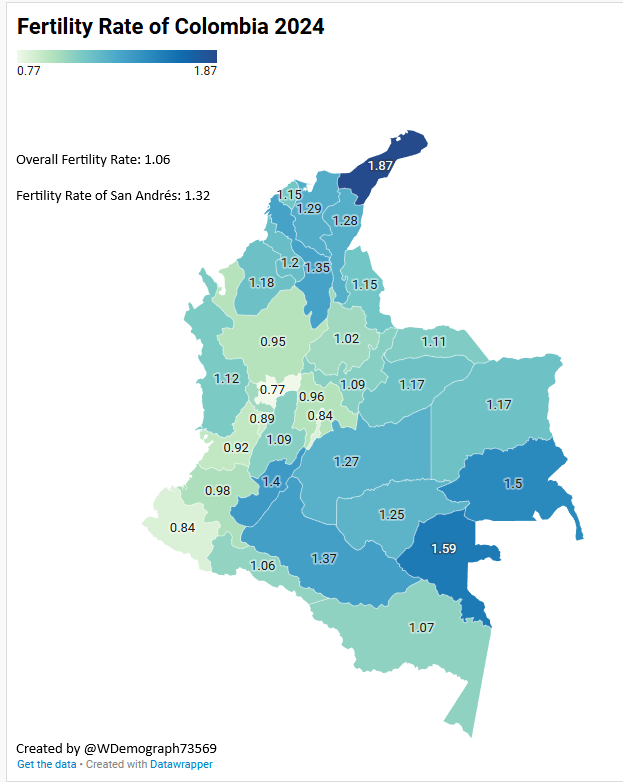Resisting Birthrate Decline Through Culture: How one part of Japan bucks the trend
Japan's woes are well known, its population long in decline, it's economy stagnating.
Yet one prefecture continues to grow, not through policy but through a pronatal culture.
🧵, please share!


Japan's woes are well known, its population long in decline, it's economy stagnating.
Yet one prefecture continues to grow, not through policy but through a pronatal culture.
🧵, please share!



For more than forty years, Okinawa has had far higher fertility than any other prefecture (Stone, 2024).
But Okinawa's fertility used to be lower than the 🇯🇵 average (map by @yz7sha).
How did Okinawa manage to develop a pronatal culture, so different from the rest of Japan? 2/9

But Okinawa's fertility used to be lower than the 🇯🇵 average (map by @yz7sha).
How did Okinawa manage to develop a pronatal culture, so different from the rest of Japan? 2/9


The story starts after World War II.
Unlike the United States or most countries that participated in the war, Japan never had a postwar baby boom, and a 2016 paper explains why.
Facing defeat and a loss of resources, Japan embarked on a crash program of population control. 3/9


Unlike the United States or most countries that participated in the war, Japan never had a postwar baby boom, and a 2016 paper explains why.
Facing defeat and a loss of resources, Japan embarked on a crash program of population control. 3/9



Yet Okinawa and neighboring islands like Tokunoshima escaped the antinatal messaging experienced by the rest of postwar Japan. How? Because they were under temporary American rule!
As another 2016 paper explains,
"Okinawa's postwar history regarding fertility and family deviated from the path of Japan as a nation state. The demographic transition, and particularly fertility transition in Okinawa, started under not the Japanese but the U.S. military administration." 4/9


As another 2016 paper explains,
"Okinawa's postwar history regarding fertility and family deviated from the path of Japan as a nation state. The demographic transition, and particularly fertility transition in Okinawa, started under not the Japanese but the U.S. military administration." 4/9

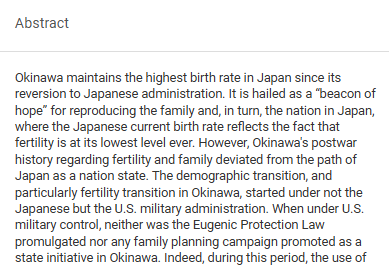
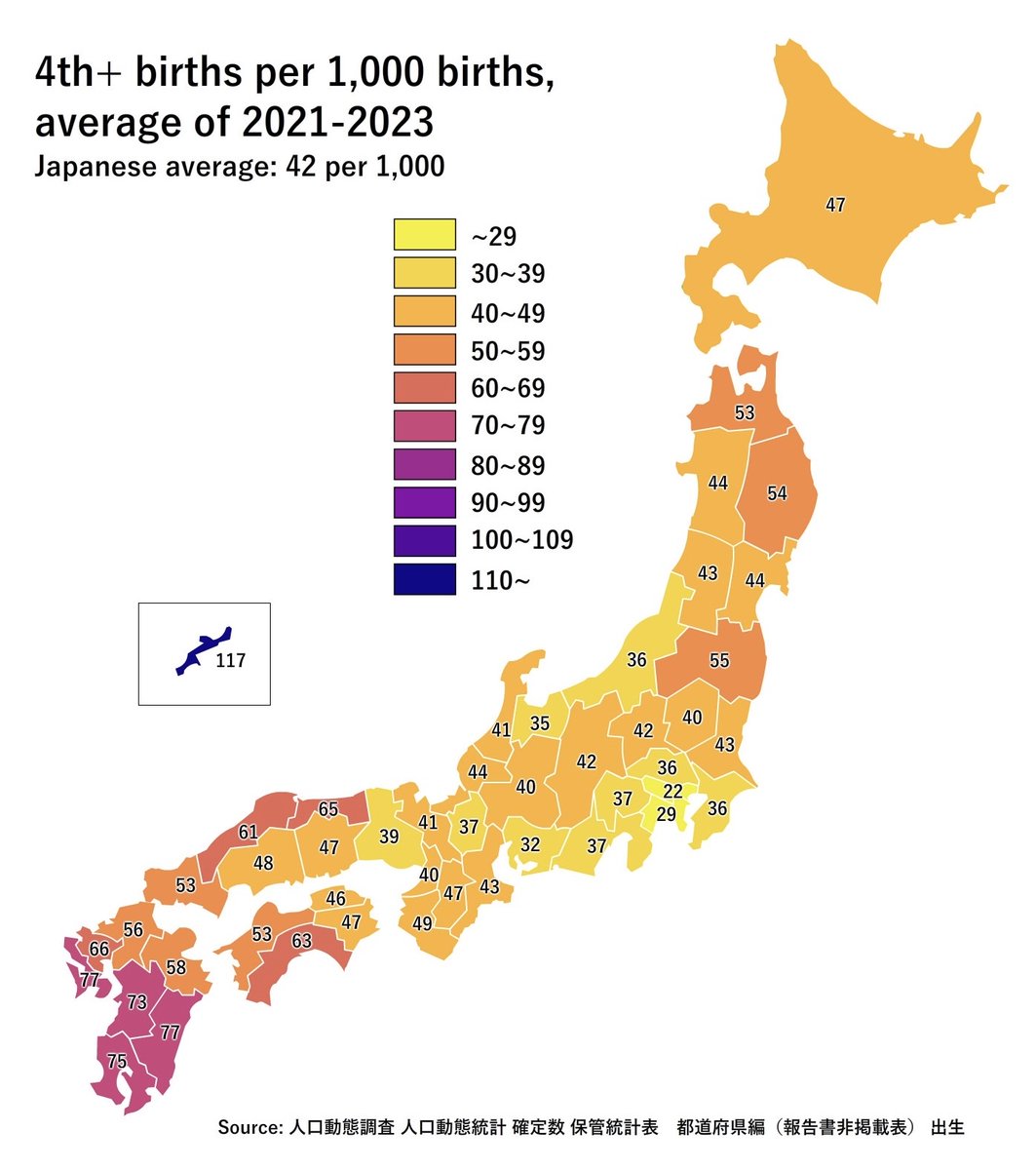
Okinawa has a share of large families (4 or more children) that is much higher today than any other part of Japan.
Large families are a key indicator of pro-natal beliefs. In the rich world most people don't have large families unless they believe in children! 5/9
Map: @yz7sha
Large families are a key indicator of pro-natal beliefs. In the rich world most people don't have large families unless they believe in children! 5/9
Map: @yz7sha
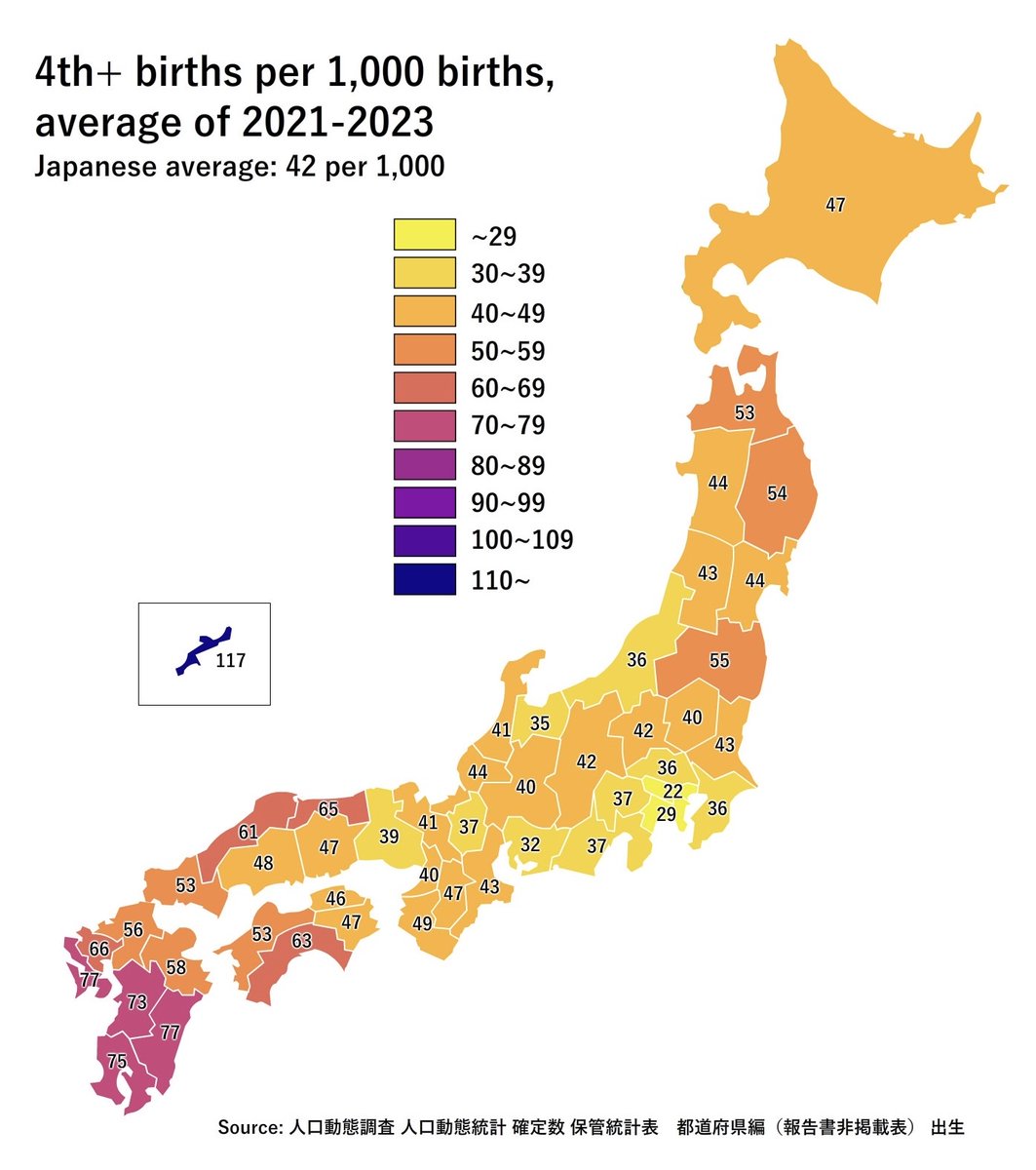
A 2019 essay in the South China Morning Post goes further explaining Okinawan pronatal culture.
Belief in the importance of having children "is so great it outweighs the fact that Okinawa’s welfare policies for children are often less generous than in other regions." 6/9


Belief in the importance of having children "is so great it outweighs the fact that Okinawa’s welfare policies for children are often less generous than in other regions." 6/9



The article goes on to emphasize the greater role of fathers in Okinawa, going against national norms.
This is significant. Nobel laureate Claudia Goldin cited the disproportionate burdens of working mothers in East Asia as a key cause of lower birthrates. 7/9
This is significant. Nobel laureate Claudia Goldin cited the disproportionate burdens of working mothers in East Asia as a key cause of lower birthrates. 7/9
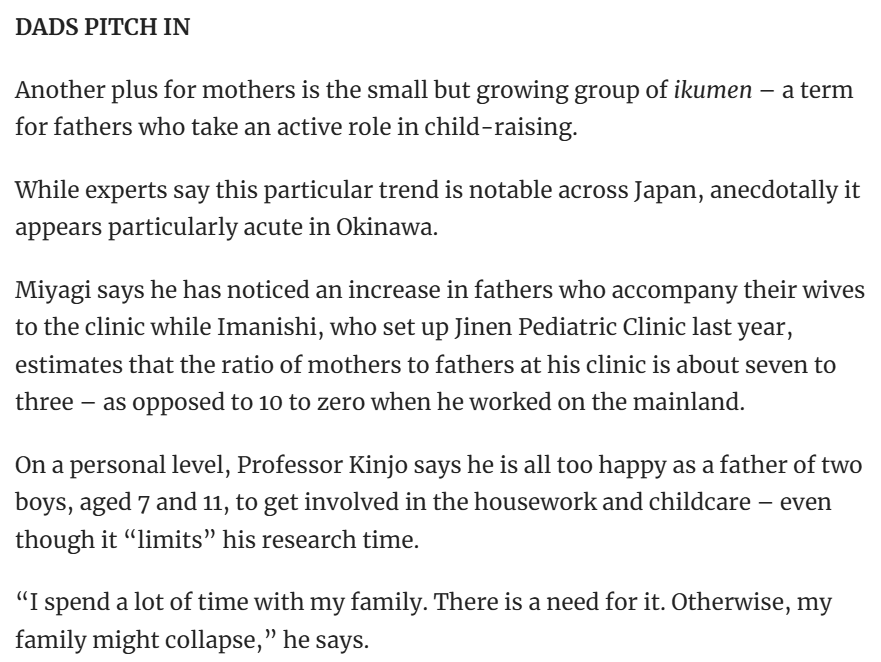
Finally, demographer Lyman Stone points out that women in Okinawa marry and have children earlier than in the rest of Japan, giving them more time to have more kids than elsewhere.
This in turn is due to less emphasis on long educations as compared to the rest of Japan. 8/9
This in turn is due to less emphasis on long educations as compared to the rest of Japan. 8/9
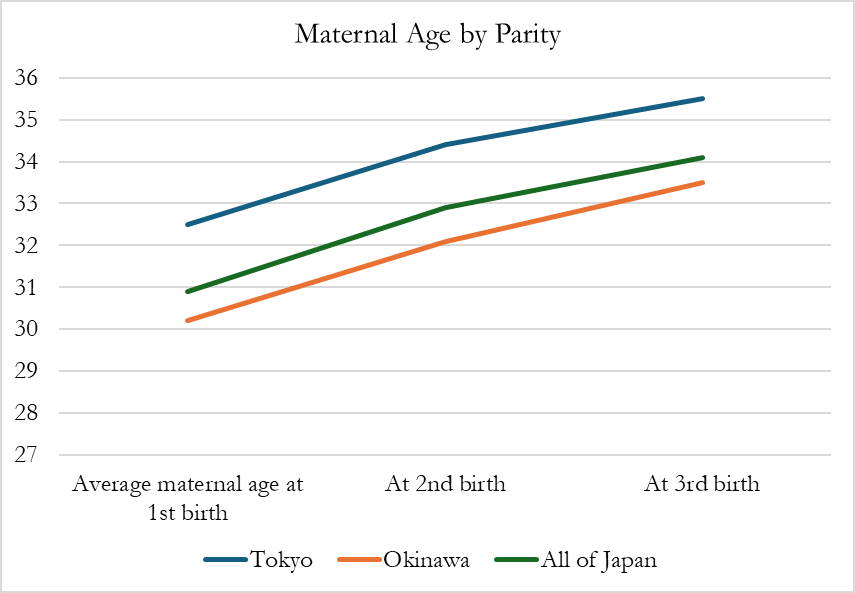
Okinawa's uniquely pronatal culture goes a long way to explain how it manages healthy birthrates, in spite of family policies are less generous than in many other places in Japan.
What few realize is that Okinawa's time under American rule, in an era when the rest of Japanese culture was being transformed by population control efforts, allowed pronatal values to endure on the island even as they were being pushed out everywhere else. 9/9
What few realize is that Okinawa's time under American rule, in an era when the rest of Japanese culture was being transformed by population control efforts, allowed pronatal values to endure on the island even as they were being pushed out everywhere else. 9/9

• • •
Missing some Tweet in this thread? You can try to
force a refresh



